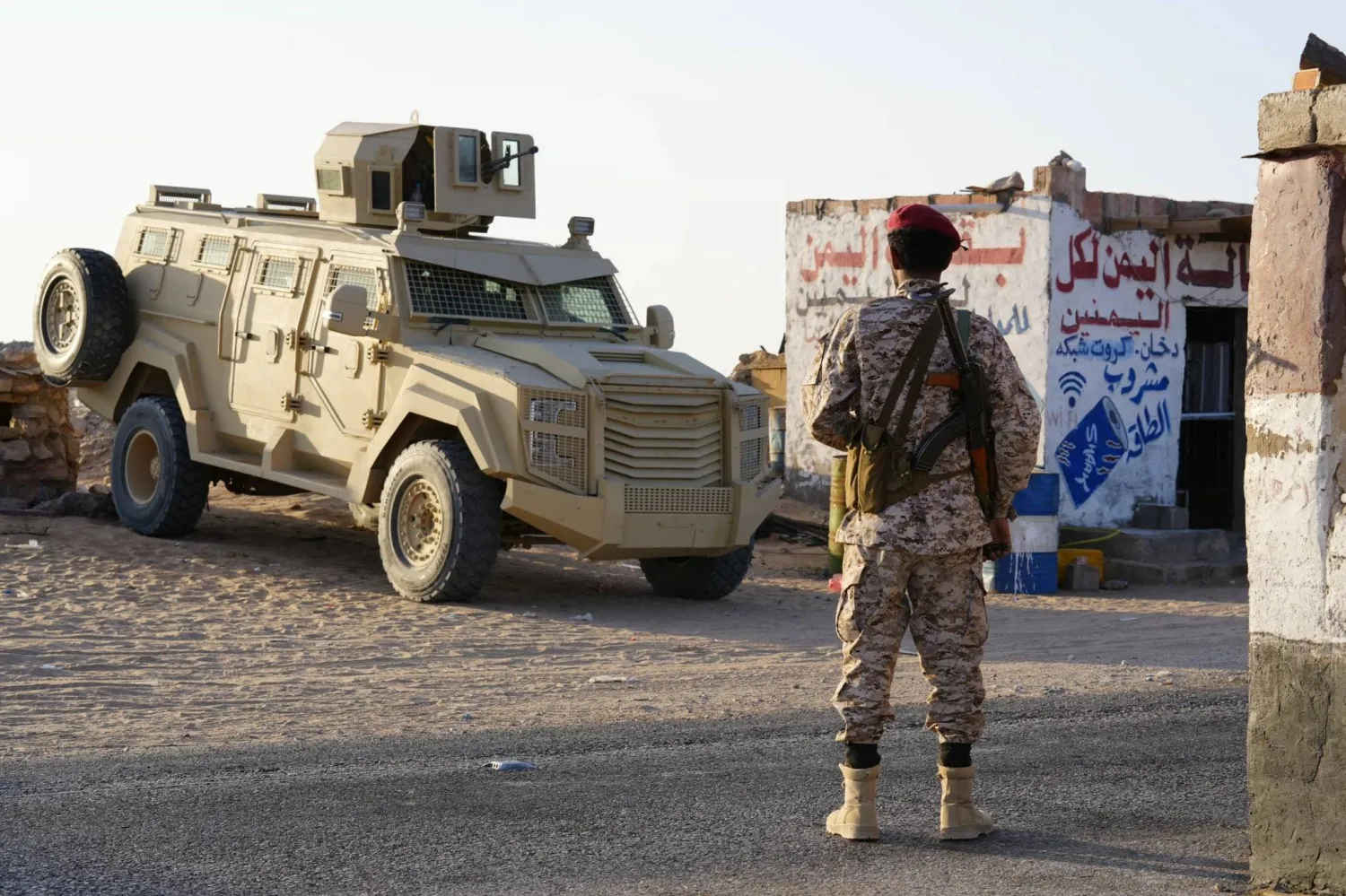Lebanon’s Hezbollah has ramped up drone production, an easier and cheaper alternative to rockets and missiles, Hebrew newspapers reported on Monday.
The Israeli Yedioth Ahronoth newspaper said on Monday that the Israeli airstrike carried out on June 5 against what it said were Hezbollah targets in Beirut’s Southern Suburbs, was an attempt to dismantle five Hezbollah drone manufacturing sites.
It added that the operation, months in the making, was approved despite internal debate among Israeli leadership.
“Inspired by the Ukraine-Russia war and facing disruptions to Iranian supply chains, Hezbollah has ramped up its domestic production of drones,” the newspaper wrote.
Why Drones?
Yedioth Ahronoth said Hezbollah is now focusing on the production of drones as an easier and cheaper alternative to rockets and missiles.
According to the Israeli Army intelligence, Hezbollah has shifted its rehabilitation budget in 2025 toward developing explosive-laden UAVs and attack or reconnaissance drones, investing less in precision missiles and rockets.
It noted that drone assembly is simpler, faster and cheaper than missile production and often uses civilian parts ordered online.
“Drones are harder for Israeli air defense systems to immediately detect and classify, can be launched from hidden locations like ravines and fly in unpredictable paths. Hezbollah has drawn tactical inspiration from the effectiveness of drones in Ukraine,” the newspaper said.
Operational Meetings
Yedioth Ahronoth said Israeli Air Force commander Maj. Gen. Tomer Bar has held frequent operational meetings to tighten pressure on Hezbollah’s drone unit and prevent its resurgence.
It said despite Israeli advances in detection and interception—including a new laser defense system that has already downed about 40 Hezbollah drones—the Israeli Army has yet to face a mass swarm attack combining drones with a barrage of rockets, especially from nearby southern Lebanon.
“That’s why Israel continues to prioritize preemptive strikes,” it wrote.
The newspaper then quoted an Air Force officer overseeing efforts against Hezbollah’s covert UAV Unit 127, as saying that the Thursday strike was a continuation of last year's interception operation, during which Israel reportedly destroyed 70% of Hezbollah’s drone arsenal and killed senior figures in the unit.
“We precisely hit underground workshops and storage sites without collapsing nearby buildings,” he said. “We’ll strike again when more sites are identified.”
The officer also said that Hezbollah is aiming for greater self-sufficiency and less reliance on Iran.
Unit 127
Hezbollah’s aerial Unit 127, which is responsible to produce UAVs, is again the focus of the Israeli intelligence particularly after the Israeli Army spokesperson noted that the Lebanese party is trying to regain its activity and recover from attacks it has suffered from during the recent war on Lebanon.
On June 5, the Israeli military carried out attacks on alleged Hezbollah targets in Beirut's southern suburb, the stronghold of the Lebanese party.
Prior to the strike, the Israeli army issued an evacuation warning, announcing that it would hit eight buildings at four locations.
The warning prompted panic on the eve of the Eid al-Adha holiday. The Israeli army said that Hezbollah was “working to produce thousands of drones under the guidance and financing of Iranian terrorist groups.”
After the strikes, the army said Hezbollah tried to rebuild an “arms production site” after the war, adding that “this dangerous activity constitutes a flagrant violation of the understandings between Israel and Lebanon under the ceasefire agreement.”
Hezbollah's Unit 127 was founded in 2012 by Hassan al-Laqis, who was assassinated near his Beirut home in 2013.









